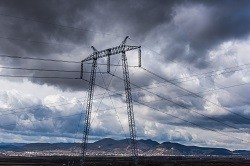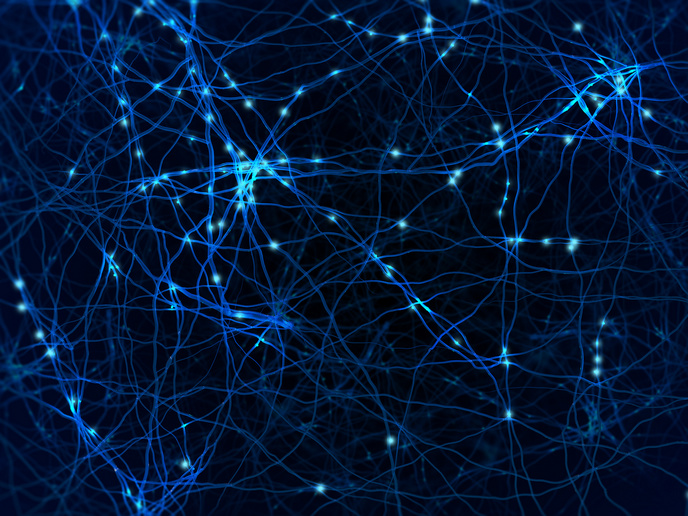Smart grids make power supply resilient to spikes and lows
Power companies can have a difficult time maintaining smooth supplies as electricity grids across Europe get their power from different energy sources including renewables that are affected by unstable weather patterns. The EU-funded SUNSEED(opens in new window) project has developed a smart-metering and observation system that can monitor real-time changes in supply and demand using existing wireless networks, resulting in a more robust and responsive system. ‘Very quickly there can be a drop in solar power simply due to a passing cloud or winds becoming too strong so they have to stop the wind turbines. Suddenly from maximum wind power you get to zero and this is a shock for the electricity distribution network,’ says project coordinator Peter Zidar, head of research projects at Telekom Slovenije in Slovenia. Power companies need to monitor changes frequently but ‘do not have enough sensors in their network or, if they do, the sensors do not always have proper communication channels to a central point to provide a reliable overview,’ he notes. During natural disasters such as the ‘big freeze’ that hit Slovenia in the winter of 2014 when many electricity pylons collapsed under the weight of ice, some disruption could have been repaired faster by using a dense network of sensors. ‘You can then see exactly which part of the distribution network is having problems and where to send teams for repairs,’ he says. Specially-developed smart sensors Most electricity meters mainly measure voltage and energy consumption. ‘SUNSEED developed a special sensor which measures more parameters and more frequently,’ Mr Zidar explains. ‘They take measurements 50 times per second. Ordinary meters are doing this much less frequently — some report their measurements just once a month,’ he notes. The project team conducted field trials using some 1 000 smart measurement sensors in different topographical environments around Slovenia. Around 50 special sensors were deployed in transformer stations to monitor the network in greater detail than had been possible before. ‘It was necessary to develop custom-made sensors because of the focus on electricity distribution nodes, especially transformer stations where there could be interference from magnetic fields and the need for more detailed measurements,’ Mr Zidar says. The smart sensor, developed by project partners Josef Stefan Institute of Ljubljana, Slovenia, includes security aspects and a LTE modem to hook into the country’s LTE 4G wireless network provided by Telekom Slovenije. Piggy-backing on existing mobile wireless networks instead of building one from scratch means lower investment, including for upgrades, and lower overall costs for energy companies. Data centre capacity In order to monitor smart grids so frequently companies need the capacity to store large amounts of data. ‘We had some problems during the testing because the amount of data was so big that we had to reduce the frequency of data collection,’ Mr Zidar says. Network speeds or latency also matter. While the SUNSEED system could successfully control and stabilise the network using LTE 4G networks, it is not fast enough during a power outage when response times of only few milliseconds are vital to deploy replacement power. Faster 5G wireless networks coming in the early 2020s could resolve this, Mr Zidar notes. But advance planning can also iron out the blips. For this, a forecasting algorithm was developed by the Josef Stefan Institute using available user profiles and weather pattern data.







